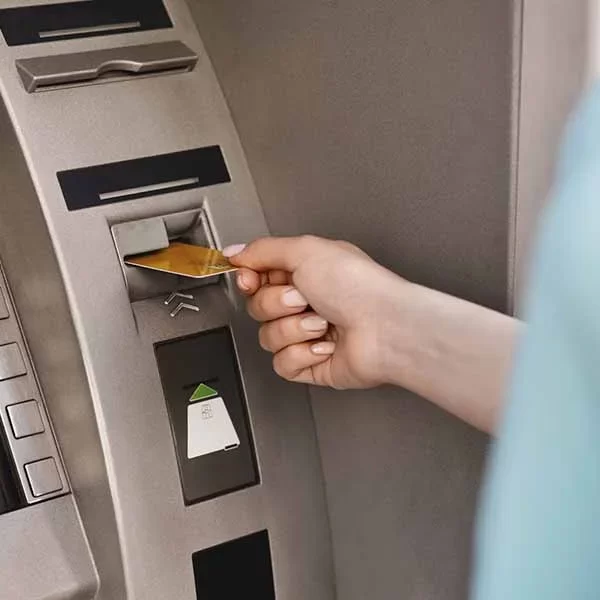
ATM Reconciliation: Boosting Efficiency With Technology
Every second debit and credit cards are used for millions of transactions either through ATM, POS or online in some corner of the world. Accounting the money channeled through diverse d...

Every second debit and credit cards are used for millions of transactions either through ATM, POS or online in some corner of the world. Accounting the money channeled through diverse d...

Every second debit and credit cards are used for millions of transactions either through ATM, POS or online in some corner of the world. Accounting the money channeled through diverse data formats and data sources is a humongous task for banks, because they have to often deal with inconsistent data, incomplete transaction reports and longer investigation time in case of disputed transactions. As far as ATM transactions are concerned, on a daily basis the bank needs to examine the electronic journal files received from different ATM machines (likes NCR, Diebold, AGIS, G4S) and the different file formats, and match it with the bank’s balance as part of the reconciliation process. The complexity of data and the need for transparency compel robust and agile internal banking operations.
As cashless transactions increase in volume, customer expectations are high for quick delivery of services and speedy resolution of issues. In situations where customer accounts are debited for a failed ATM transaction or cash has been dispensed but it has not been debited from account, banks will have to reverse debits or credits to customer accounts and as early as possible. Now for this to happen you need structured data. Unless data is structured, identification of discrepancies would take a long time leading to delay in crediting or inaccurate accounting records. The lynchpin of a solid ATM operational process is an ATM reconciliation software that helps to enhance efficiency of ATM networks, reduce operational costs and bring in transparency and control transactional flows.
The ATM reconciliation technology solution capitalizes on its capabilities to handle multiple transactions including online, offline, prepaid debit card, credit card and electronic purse card. It simplifies data complexities, integrating them to a bank’s processes. It enables maintenance of record of ATM transactions—withdrawals, deposits. It also enables real-time representation of transactions in a bank’s balance sheets for audits and faster fraud detection and refund in case of technical machine problems.
How does ATM Reconciliation Work
Blending strong authentication processes and analytics software, automated reconciliation enables banks to maintain efficient operations.
Technology solution providers like Ascent’s AutoRecon software validate various types of cash flows such as ATM, switch and flawlessly matches the debit and credit cards transaction data and updates the internal books in real-time. They ensure balance in cash flows, including eject and analyses of money transaction patterns of respective banks. Additionally, they offer a dashboard for cash management and forecasting capability for each ATM through reliable matching of cash withdrawals & deposits, check deposits and cash replenishment/collections at the vendor managed ATMs.
The increasing cashless transactions means banks need to gear up to handle more complex channels and data volumes. ATM reconciliation is one prime step for banks if they want transparency, cost-effective operations, greater accuracy and faster damage control.
References: